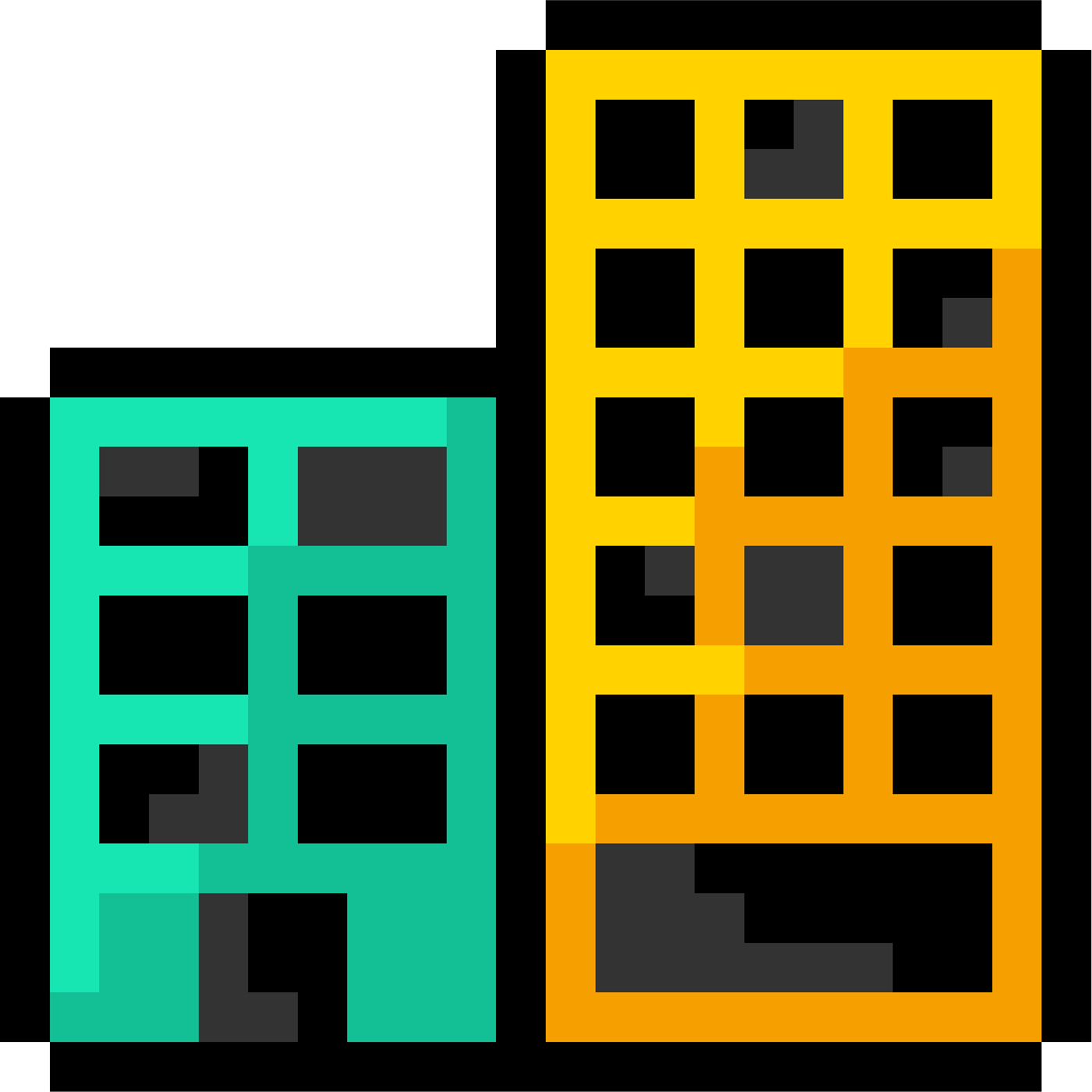451 reads
Python for Kids: A Fun and Easy Guide to Learning the Popular Programming Language
by
March 17th, 2023
Audio Presented by

- Software Engineer - CEO, Lucre (getlucre.xyz - Bitcoin payment infrastructure).
Story's Credibility

About Author
- Software Engineer - CEO, Lucre (getlucre.xyz - Bitcoin payment infrastructure).